Apparently he never takes it off
A GROUP PROJECT is the title of a new collective that I will lead through "Book of Common Symbols, Volume I: The Cross," a multimedia exploration of the cross as late modernist symbol and form. So far, our methods include conversation, audio-recorded interview, email and text, drawing for poster making, and painting. A photo project is also in the works. Our hope is to pick one or two pieces from each of these experiments to create an assemblage that is intentionally messy and hopefully contradictory, since it is our contention that no symbol or form can be neatly contained and narrated. Despite appearances, no symbol is pure. We wish to oppose the idea that forms are most potent when they are reduced, streamlined, cleaned up. Definitions of symbols and forms tend to be lame re-tellings of a condensed history. By working together, never in perfect agreement, and rarely in near agreement (so we have found), we will offer a new method of looking at symbols toward a new method of defining them.
Most Christian churches have a cruciform ground plan. Place Ville Marie is built in this strict tradition, no matter the intentions of the architects, Cobb and Pei.
Some of our methods and materials are ephemeral. For example, so far, there has been a lot of storytelling and laughter, and we will not be able to present these things. But they are part of the project, if not the most important part, just as we have much less interest in a cross, say, than in the ten thousand gestures, whispers, prayers, dances that have marked the space in front of and likely beneath that cross. Out of necessity, we are also making things in hard copy for April 23. We will take up a wall. We will occupy a wall? The word "occupy" may or may not be useful, sharing generously in the bloody, brutal history with the cross as the leading symbol of the settler-colonial project in North America. We will work a wall, share a wall, make a wall talk.
A GROUP PROJECT does not want to answer questions so much as pose really hard or tricky and silly ones, like these: Can a symbol be something other than it appears to be, because someone says so or wants it to be so? Did modernism succeed in making signifiers arbitrary? Can they be anaesthetized? neutralized? rendered nothing but form? Is the meaning and power of a certain form projected onto it or inherent or both? Place Ville Marie is a cross flat on its back or flat on its face. It is our contention that it is still doing ideological work, particularly through the four-way beacon of light that combs the city every sundown, what we see now as a cruciform halo constantly sending its messages like the beams of light that strike, so often in medieval painting, from the halo or face of Jesus or one of his saints directly into the private space of a supplicant. If I take off my necklace—a gold chain with a gold cross hanging at the end—and I drop it in a dish for the night, is the cross somehow altered, not itself, quieted, hushed, voided? Does a cross cough in the cupboard? Does it need to be put on and upright? Does it need attention and care to do its work? We have a more personal question: Once the cross is put down, how does it haunt us, our language, and our ways of seeing and interpreting the world?
The Ground Zero cross
Our work as a collective is political and deeply personal. Taking inspiration from poet Heid E. Erdrich's concept of chimera subjectivity, I have asked my mother to be a main collaborator, and she has said yes. At first, I did not know who exactly to invite into the collective, but then I decided to reach out to my community in the most practical sense: that is, everyone I know who I get a chance to speak with before April 23, with a view that this project will continue and expand, remapping itself until it tires itself out. For now, my iPhone is filling up with audio interviews about the cross. My inbox is filling up with emails packed with images and quips. A GROUP PROJECT is messy! We will try to honor this in our presentation.
Here is a small sampling of images of the cross in late modernist action, the kind of thing we are sharing en masse:
Quartz crystal
"Thoughts of Home," Pudlo Pudlat, 1975
Theaster Gates, "Double Cross" detail. The cross as storage for ordinary stuff.
Theaster Gates, "Double Cross"
Hydro poles, though which we consider the role of crosses in mapping out and imposing master plans on geographies.
Dogwood, poet's favorite
Matisse crosses. Matisse as grandfather of abstraction, still rocking the cross.
More Matisse
Basquiat, one of his many crosses that speak to its violence.
Hill of Crosses, Lithuania. A lot of crosses. What happens when we pile them up?
Picasso, another grandfather abstractor, about the cross
















